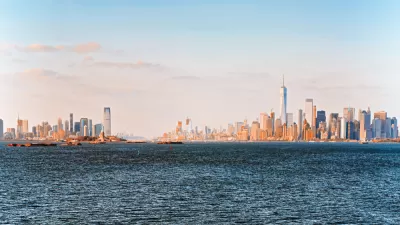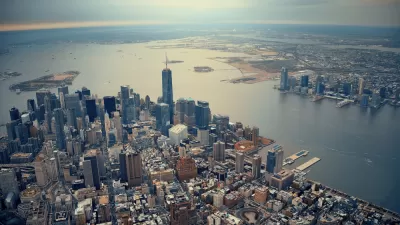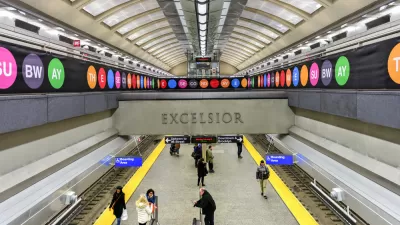A new report focusing on design professionals and architects in New York finds that these industries are on a strong growth path and create a significant impact on the local economy.
Urban Omnibus talks with the lead author of the report, which is titled Growth by Design.
"Urban Omnibus: For those who haven't read the report in full, please summarize your key findings.
David Giles, The Center for an Urban Future: We established beyond all doubt that New York City's design industries, including architecture, are not only an important part of the city's economy but one that has been growing rapidly over the last decade and will likely continue to grow. Despite the 2008 crash and the depressed economy that followed, the number of design firms in the city rose 15 percent since 2001, which is a much faster rate of growth than most other industries. New York has 3,969 firms in architecture, landscape architecture, fashion, graphic design, industrial design, and interior design. That's 33 percent more design firms than Los Angeles, the next largest city. The New York metro area has 40,470 designers, a majority of whom don't work at design firms, and that's 75 percent more than the next largest city which, again, is Los Angeles (with 23,160 designers).
When you look at the proportion of employed people in New York who work as designers, you'll see the city has a much higher concentration of designers than any other major U.S. city with the exception of San Francisco, which has an equivalent concentration but a smaller number. Economists measure an industry's geographic concentration in order to get a sense of how much it is exporting to other places; if the concentration is much above the national average, then it is likely serving more than just local needs. New York's design cluster is well-above the national average. That's a good sign."
FULL STORY: Growth by Design

Maui's Vacation Rental Debate Turns Ugly
Verbal attacks, misinformation campaigns and fistfights plague a high-stakes debate to convert thousands of vacation rentals into long-term housing.

Planetizen Federal Action Tracker
A weekly monitor of how Trump’s orders and actions are impacting planners and planning in America.

In Urban Planning, AI Prompting Could be the New Design Thinking
Creativity has long been key to great urban design. What if we see AI as our new creative partner?

King County Supportive Housing Program Offers Hope for Unhoused Residents
The county is taking a ‘Housing First’ approach that prioritizes getting people into housing, then offering wraparound supportive services.

Researchers Use AI to Get Clearer Picture of US Housing
Analysts are using artificial intelligence to supercharge their research by allowing them to comb through data faster. Though these AI tools can be error prone, they save time and housing researchers are optimistic about the future.

Making Shared Micromobility More Inclusive
Cities and shared mobility system operators can do more to include people with disabilities in planning and operations, per a new report.
Urban Design for Planners 1: Software Tools
This six-course series explores essential urban design concepts using open source software and equips planners with the tools they need to participate fully in the urban design process.
Planning for Universal Design
Learn the tools for implementing Universal Design in planning regulations.
planning NEXT
Appalachian Highlands Housing Partners
Mpact (founded as Rail~Volution)
City of Camden Redevelopment Agency
City of Astoria
City of Portland
City of Laramie





























